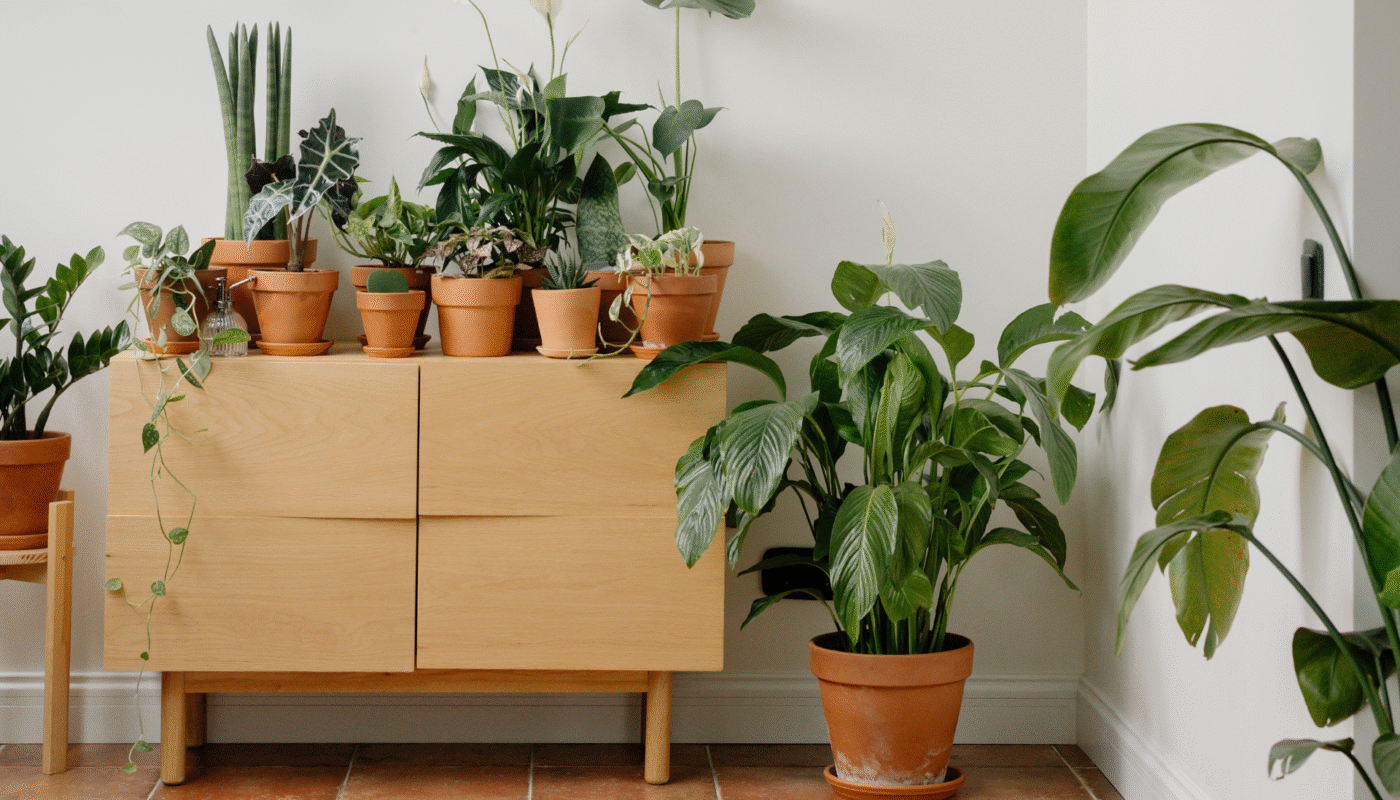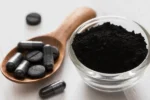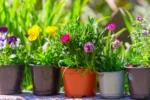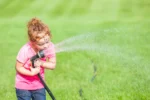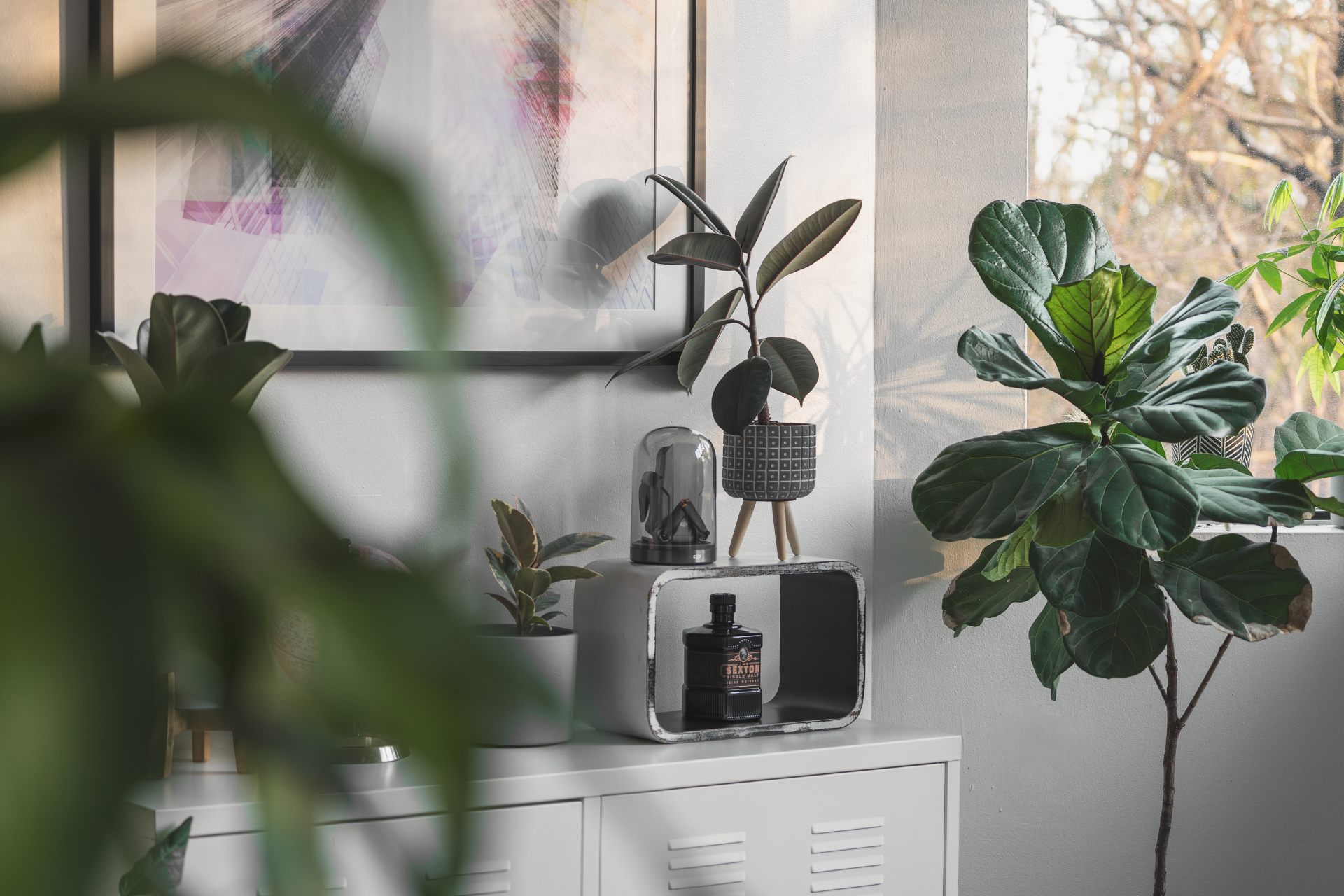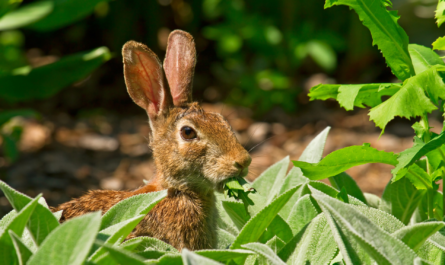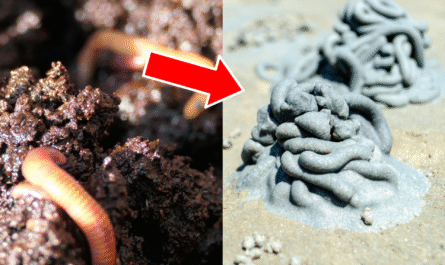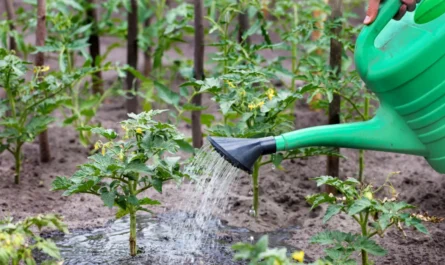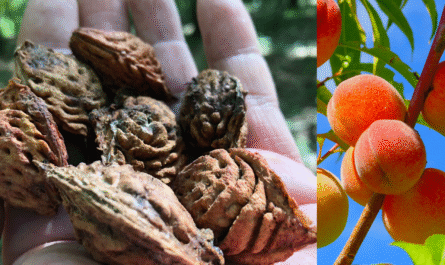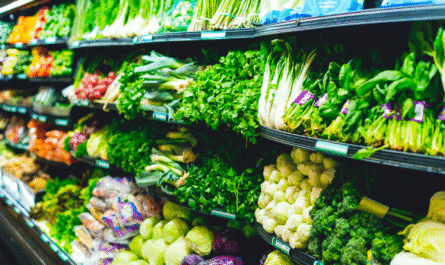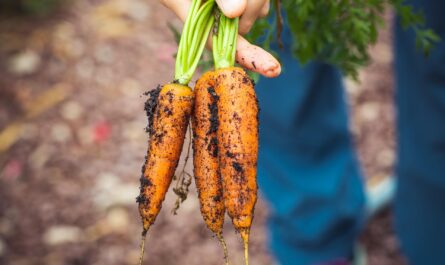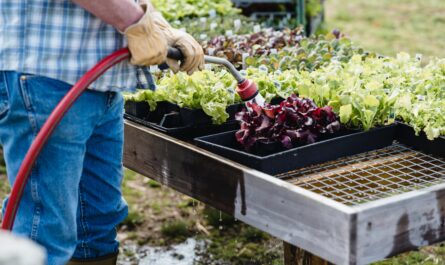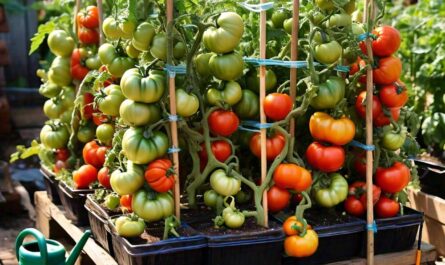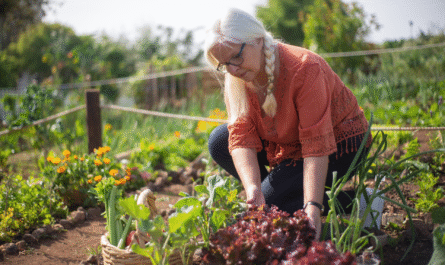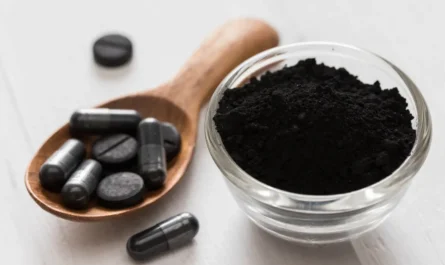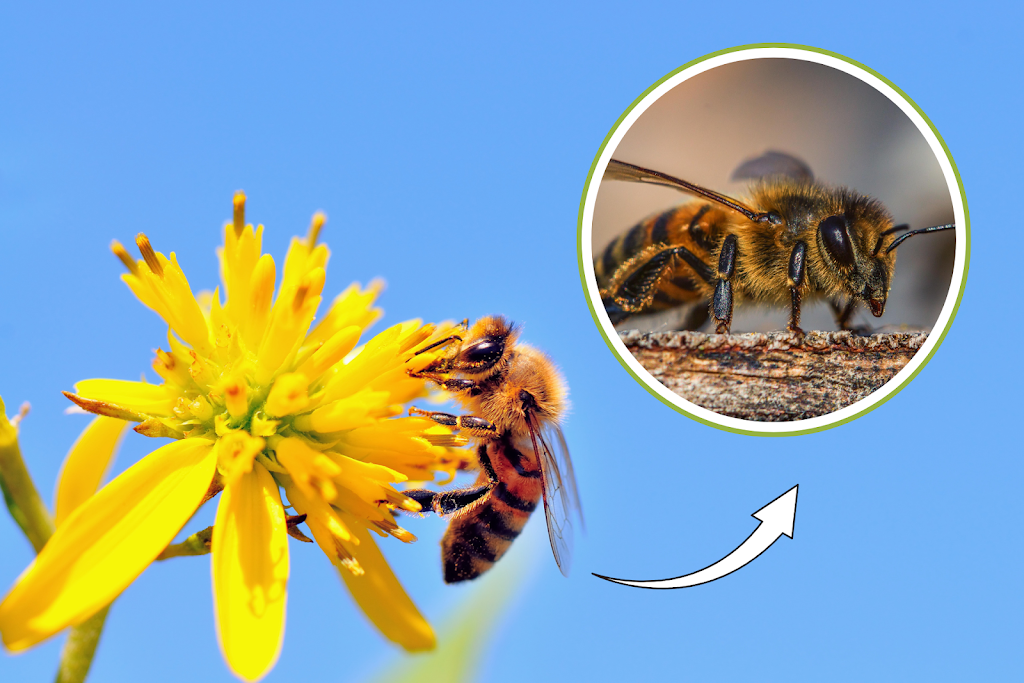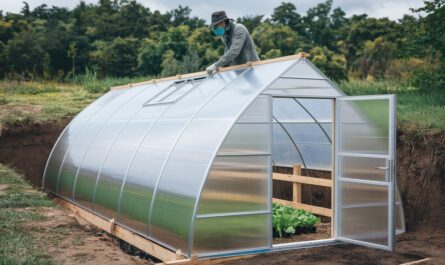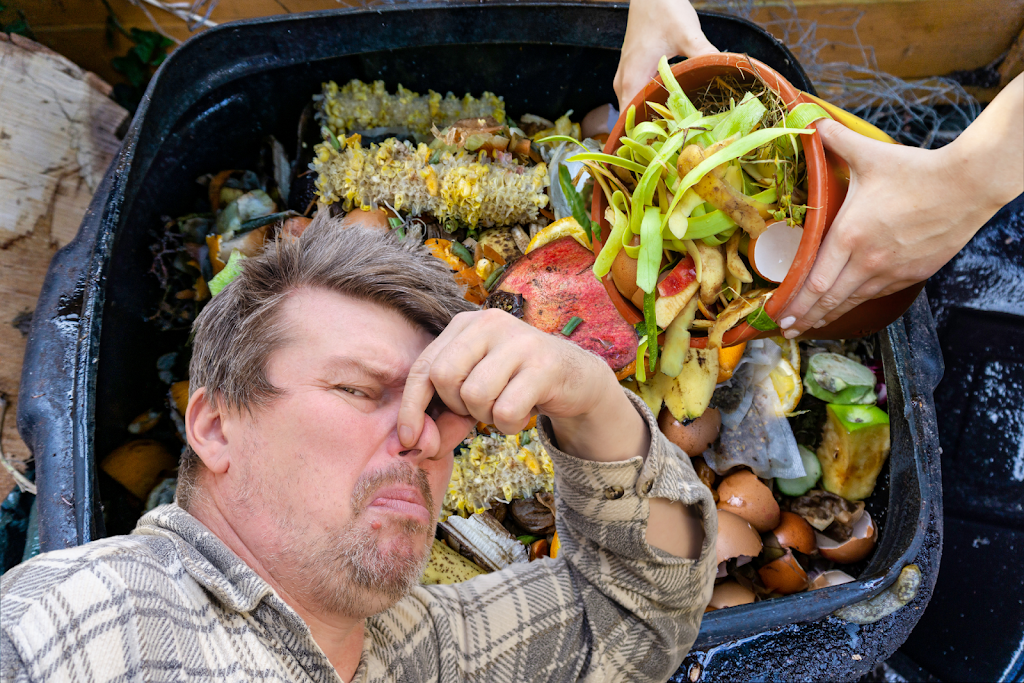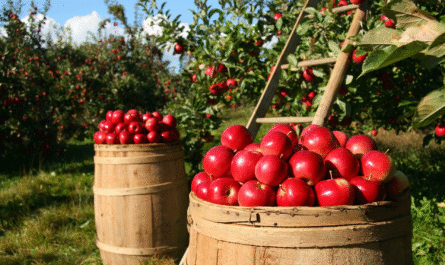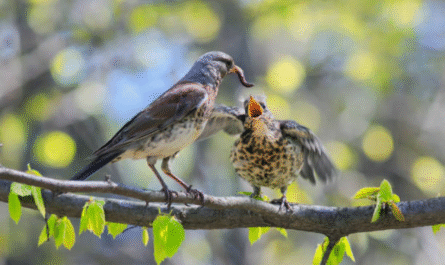If you’ve ever wondered how to keep indoor plants alive, you’re not alone. Whether you’re a seasoned plant lover or a first-time plant parent, it’s easy to find yourself frustrated when your leafy companions start wilting, turning yellow, or just outright dying.
But don’t give up just yet, with a few essential tips and a better understanding of what your plants need, you can turn things around.
This guide dives into the best ways to care for houseplants and gives you the most effective tips on how to keep indoor plants alive.
From watering habits and lighting requirements to pest control and soil quality, we cover everything you need to know to help your houseplants not just survive but thrive.
How to Keep Indoor Plants Alive: 15 Tips
1. Understand Your Plant’s Needs
Before you can succeed at houseplant care, you need to know what each plant requires. There is no one-size-fits-all approach. Some plants love bright, indirect sunlight; others prefer low light.
Some need constant moisture; others thrive on neglect. Doing the research upfront or checking care tags is essential. Learning how to care for indoor plants starts with knowing what environment they’re naturally suited for.
2. Stop Following a Watering Schedule
A rigid watering schedule can do more harm than good. Instead, focus on soil moisture. Stick your finger about an inch into the soil; if it feels dry, it’s probably time to water.
This method is more reliable than a calendar, as factors like humidity, temperature, and seasonality all affect how quickly soil dries out. This is one of the best tips for houseplant care.
3. Use the Right Potting Mix
Not all soil is created equal. Succulents and cacti need fast-draining soil, while tropicals might need something that retains moisture. Using the wrong potting mix can suffocate roots or dry them out. One of the best ways to care for houseplants is to invest in soil that suits each plant’s needs.
4. Check for Drainage
If your pot doesn’t have drainage holes, water can pool at the bottom and cause root rot. Even if you’re careful with watering, poor drainage will kill your plant over time. Make sure your containers allow excess water to escape, and consider placing a saucer underneath to catch overflow.
5. Avoid Overwatering
This is one of the top ways to kill your houseplants. Overwatering leads to soggy soil, root rot, and fungal infections. Even tropical plants that love moisture still need time for their roots to breathe. Make sure the top layer of soil dries out before watering again.
6. Avoid Underwatering
Just as dangerous as overwatering is the mistake of underwatering. Signs include crispy leaves, brown tips, and drooping stems. Underwatering stresses your plant and makes it more vulnerable to disease. Always check the soil before deciding your plant is fine.
7. Master the Art of Lighting
Light is life for plants. Understand what type of light your home provides and match it to the right plants. A south-facing window typically gets the most light, while north-facing ones get the least. If you notice leggy stems or yellowing leaves, it could be a sign that your plant isn’t getting enough light.
8. Rotate Your Plants
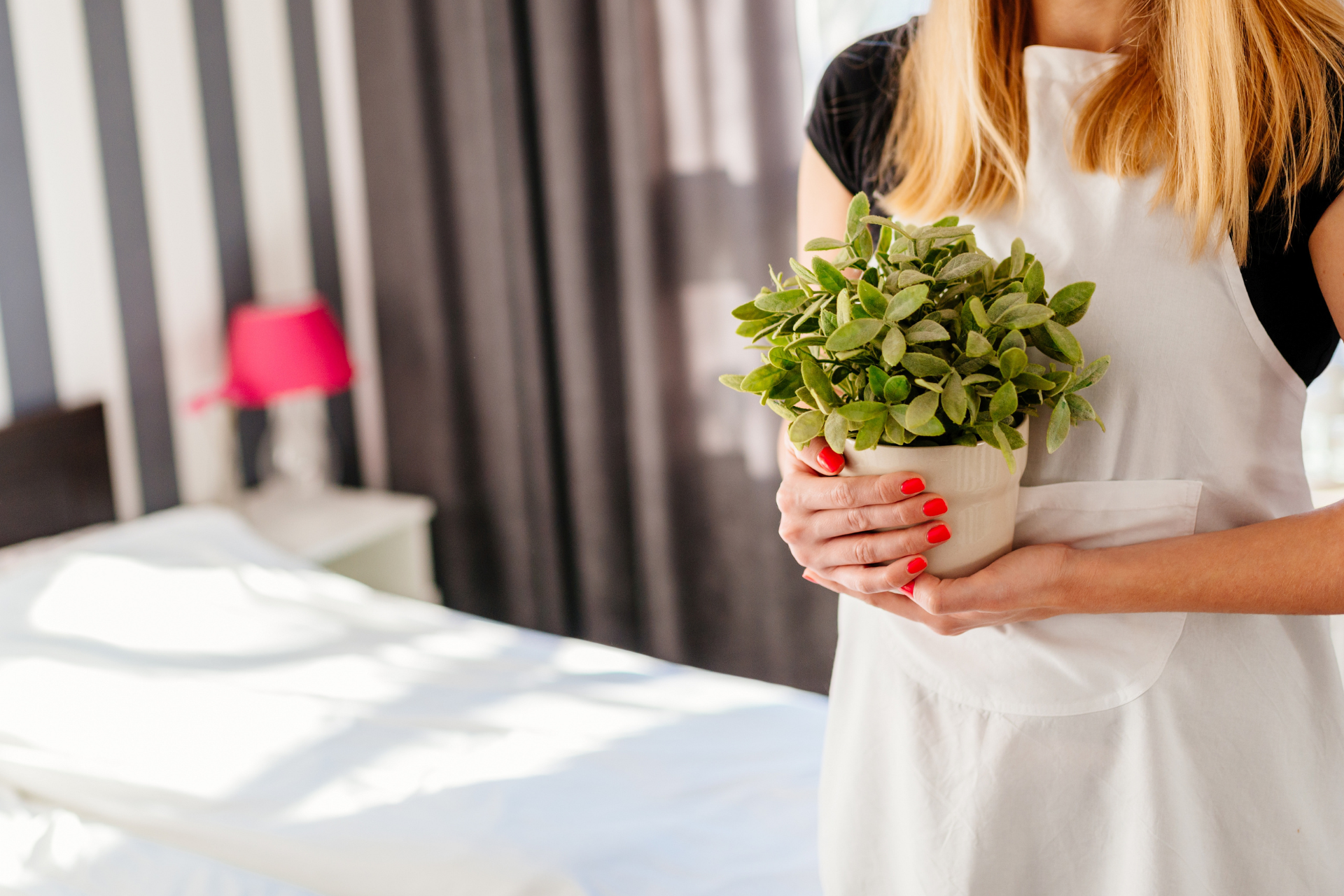
Plants naturally grow toward the light. Rotating them every week or two ensures even growth and prevents your plant from becoming lopsided. This also allows all parts of the plant to photosynthesize evenly.
9. Group Plants Together
This isn’t just for aesthetics. Grouping plants increases humidity in the area, which many tropical plants love. It also creates a micro-environment that can improve the overall health of your plants.
10. Keep the Leaves Clean
Dust can block sunlight from reaching your plant’s leaves and attract pests. Use a damp cloth or give your plants a gentle shower every few weeks to keep them clean. This also gives you a chance to inspect for early signs of pests or disease.
11. Repot When Necessary
Over time, plants can become root-bound, meaning their roots have filled the pot and have no room to grow. When this happens, it’s time to repot. Choose a pot that is 1-2 inches larger in diameter than the current one and refresh the soil.
12. Fertilize With Care
Fertilizer helps your plant grow, but too much can burn the roots and lead to salt buildup. Use a balanced, diluted fertilizer once a month during the growing season. In winter, most plants enter a dormant phase and need little to no fertilizer.
13. Watch for Pests
Indoor plants are not immune to pests. Common culprits include spider mites, mealybugs, and fungus gnats. Inspect your plants regularly and isolate any new plants for a week before placing them near others. Use neem oil or insecticidal soap to treat infestations.
14. Understand Temperature and Humidity
Most indoor plants prefer temperatures between 65-75°F. Avoid placing them near drafty windows, heaters, or air conditioners. For humidity-loving plants like ferns and calatheas, consider using a humidifier or placing a water tray nearby.
15. Don’t Panic Over Yellow Leaves
A yellow leaf doesn’t always mean disaster. It could be a natural part of the plant’s growth cycle. However, if yellowing is widespread, it might signal a deeper issue like overwatering, poor lighting, or pest problems.
15 Ways to Kill Your Indoor Plants
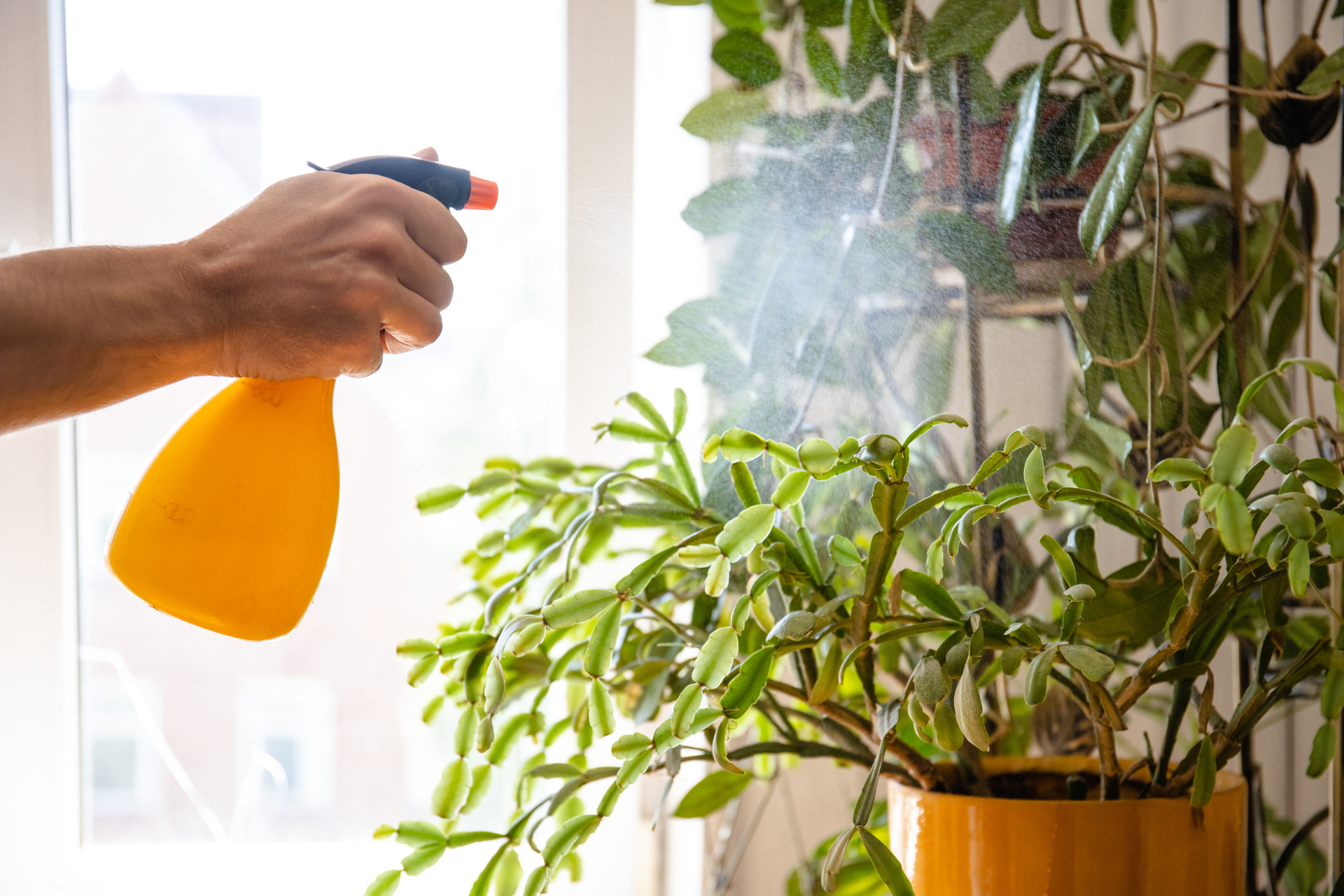
Understanding how to care for houseplants also means knowing what not to do. Here are 15 common mistakes that could kill your green friends:
1. Overwatering
Overwatering is one of the most common reasons indoor plants fail to thrive. Many plant enthusiasts, especially beginners, believe that more water equates to better care.
However, excessive watering can lead to root rot, a condition where the plant’s roots decay due to prolonged exposure to waterlogged soil. This decay impairs the plant’s ability to absorb nutrients and water, ultimately leading to its death.
To prevent overwatering, it’s essential to understand your plant’s specific water needs. Different plants have varying requirements; for instance, succulents and cacti prefer drier conditions, while ferns and peace lilies thrive in more humid environments.
A good practice is to check the soil moisture before watering. Insert your finger about an inch into the soil; if it feels dry, it’s time to water. If it’s still moist, wait a few days and check again.
Additionally, ensure that your plant’s pot has adequate drainage. Excess water should be able to escape to prevent the roots from sitting in water. Using pots with drainage holes and placing a saucer underneath can help manage excess water.
If your decorative pot lacks drainage, consider keeping the plant in a plastic nursery pot inside the decorative one, allowing you to remove it for watering.
Seasonal changes also affect watering needs. During winter, many indoor plants enter a dormant phase and require less water. Overwatering during this period can be particularly harmful.
Always adjust your watering schedule based on the season and the plant’s growth cycle.
2. Underwatering
Just as overwatering can harm plants, so can underwatering. Neglecting to provide sufficient water can lead to dehydration, causing leaves to wilt, turn brown, and eventually fall off. The plant’s growth slows down, and in severe cases, it may die.
Underwatering often results from a lack of routine or misunderstanding of a plant’s water requirements. Some individuals may fear overwatering and, in turn, provide too little water.
Others might simply forget to water their plants regularly. Establishing a consistent watering schedule can help mitigate this issue.
It’s crucial to recognize the signs of underwatering. These include dry, brittle leaves, soil pulling away from the edges of the pot, and a noticeable lightness when lifting the pot. Regularly checking these indicators can help you determine when your plant needs water.
Different plants have varying tolerances to drought. While succulents can survive longer periods without water, tropical plants may require more frequent watering. Researching your specific plant’s needs will guide you in providing adequate hydration.
3. Insufficient Light
Light is a critical factor in photosynthesis, the process by which plants convert light into energy. Placing plants in areas with inadequate light can hinder this process, leading to weak growth, pale leaves, and eventual decline.
Many indoor spaces lack sufficient natural light, especially during shorter winter days. Placing a sun-loving plant in a dim corner can be detrimental. It’s essential to match your plant’s light requirements with the available light in your home.
To assess light levels, observe the area throughout the day. South-facing windows typically provide the most light, while north-facing ones offer the least. If natural light is limited, consider using artificial grow lights to supplement.
Some plants, like snake plants and pothos, tolerate low light conditions, making them suitable for darker areas. However, even these plants benefit from occasional exposure to brighter light. Rotating plants or moving them to brighter spots periodically can promote healthier growth.
4. Using the Wrong Soil
Soil serves as the foundation for plant health, providing essential nutrients, water retention, and aeration. Using inappropriate soil mixes can impede these functions, leading to poor plant growth or even death.
Different plants have specific soil requirements. For instance, cacti and succulents prefer well-draining, sandy soils, while ferns thrive in moisture-retentive, organic-rich mixes. Using a generic potting mix for all plants can result in suboptimal conditions for some.
Compacted or dense soils can restrict root growth and reduce oxygen availability. This can lead to root rot or stunted growth. Regularly checking the soil’s texture and ensuring it’s appropriate for your plant type is crucial.
Additionally, over time, soil can become depleted of nutrients. Repotting plants with fresh soil every year or two replenishes nutrients and improves soil structure. This practice supports continued healthy growth.
5. Ignoring Drainage Needs
Proper drainage is essential to prevent water accumulation at the bottom of pots, which can lead to root rot. Without adequate drainage, excess water cannot escape, creating a saturated environment detrimental to plant roots.
Using pots without drainage holes is a common mistake. While decorative pots may lack these holes, it’s advisable to use a plastic nursery pot with drainage inside the decorative one. This setup allows for proper water flow and easy removal of excess water.
Incorporating materials like gravel or perlite into the soil mix can also enhance drainage. These components increase soil aeration and prevent compaction, facilitating better water movement.
Regularly checking for signs of poor drainage, such as water pooling on the soil surface or a musty smell, can help identify issues early. Addressing these signs promptly prevents long-term damage to the plant.
6. Neglecting Humidity Requirements
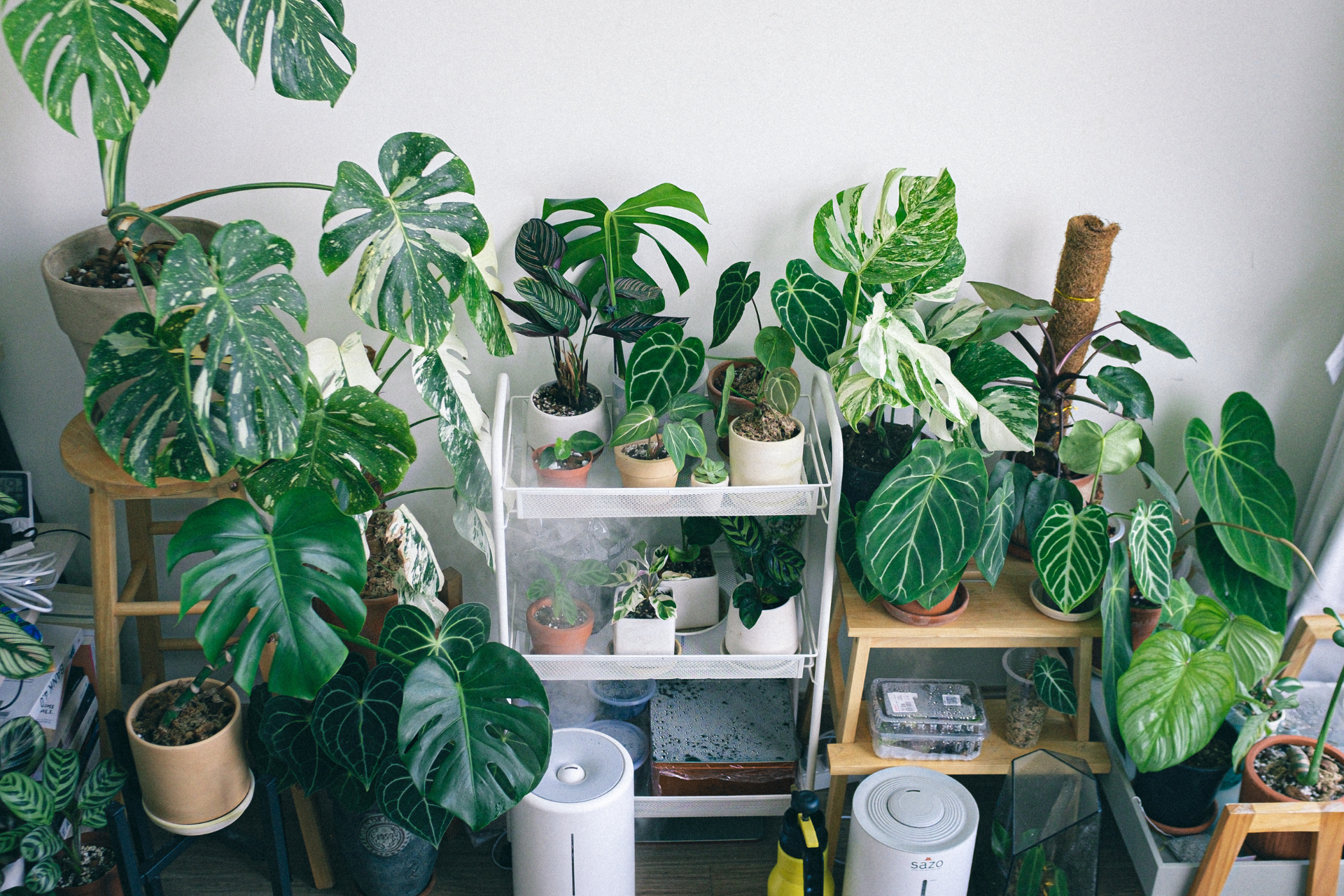
Many indoor plants, especially tropical varieties, thrive in environments with higher humidity levels. Neglecting to provide adequate humidity can result in dry, brown leaf edges, wilting, and overall poor plant health. This is particularly true during winter months when indoor heating systems can significantly reduce ambient humidity.
To maintain optimal humidity, consider grouping plants, as this can create a microenvironment with increased moisture. Using a humidifier in the room or placing a tray filled with water and pebbles beneath the plant’s pot can also help. Regular misting is another method, though its effectiveness varies, and it may not be sufficient for all plant types.
Monitoring humidity levels with a hygrometer can provide insights into your indoor environment. Aim for humidity levels between 40% to 60% for most houseplants. Adjusting your plant care routine based on these readings can prevent humidity-related issues.
It’s also essential to consider the plant’s natural habitat. For instance, ferns and calatheas, which originate from humid rainforests, require higher humidity levels compared to succulents from arid regions. Tailoring your care to mimic these conditions can enhance plant vitality.
7. Placing Plants in Direct Sunlight
While light is essential for photosynthesis, placing certain indoor plants in direct sunlight can be detrimental. Many houseplants, particularly those native to forest understories, prefer bright but indirect light. Exposure to intense sunlight can cause leaf scorching, fading, and dehydration.
Signs of sun damage include brown or bleached spots on leaves, crispy edges, and wilting despite adequate watering. If you notice these symptoms, consider relocating the plant to a spot with filtered light or using sheer curtains to diffuse the sunlight.
Understanding your plant’s light requirements is vital. For example, snake plants and ZZ plants tolerate low light, while succulents and cacti thrive in brighter conditions. Matching the plant’s needs with the appropriate location in your home can prevent light-related issues.
Regularly rotating your plants ensures even light exposure, promoting balanced growth. This practice prevents one-sided growth and helps maintain the plant’s aesthetic appeal.
8. Overfertilizing
Fertilizers supply essential nutrients that support plant growth. However, excessive fertilization can harm plants, leading to nutrient imbalances, root burn, and even death. Symptoms of overfertilization include yellowing leaves, brown leaf tips, and a white crust on the soil surface.
To avoid overfertilizing, follow the recommended dosage on the fertilizer package, and consider diluting it to half-strength, especially for sensitive plants. It’s generally advisable to fertilize during the active growing season (spring and summer) and reduce or cease fertilization during dormancy (fall and winter).
Regularly flushing the soil with water can help remove excess salts and prevent buildup. This practice is particularly important if you notice signs of overfertilization or if you’ve been fertilizing frequently.
Understanding your plant’s specific nutrient needs is also crucial. Some plants, like orchids, require specialized fertilizers, while others may thrive with general-purpose options. Tailoring your fertilization approach can enhance plant health and prevent complications.
9. Ignoring Pests
Pests such as spider mites, aphids, and mealybugs can infest indoor plants, causing damage and potentially spreading to other plants. Early detection and intervention are crucial to prevent widespread infestations and plant decline.
Regularly inspecting your plants for signs of pests, such as discolored leaves, sticky residue, or visible insects, can help catch issues early. Isolating new plants for a few weeks before introducing them to your collection can also prevent the introduction of pests.
If pests are detected, various treatment options are available, including insecticidal soaps, neem oil, and manual removal. It’s essential to follow the product instructions and repeat treatments as necessary to ensure complete eradication.
Maintaining plant health through proper watering, lighting, and fertilization can also make plants less susceptible to pests. Healthy plants are better equipped to resist and recover from infestations.
10. Using Garden Soil Indoors
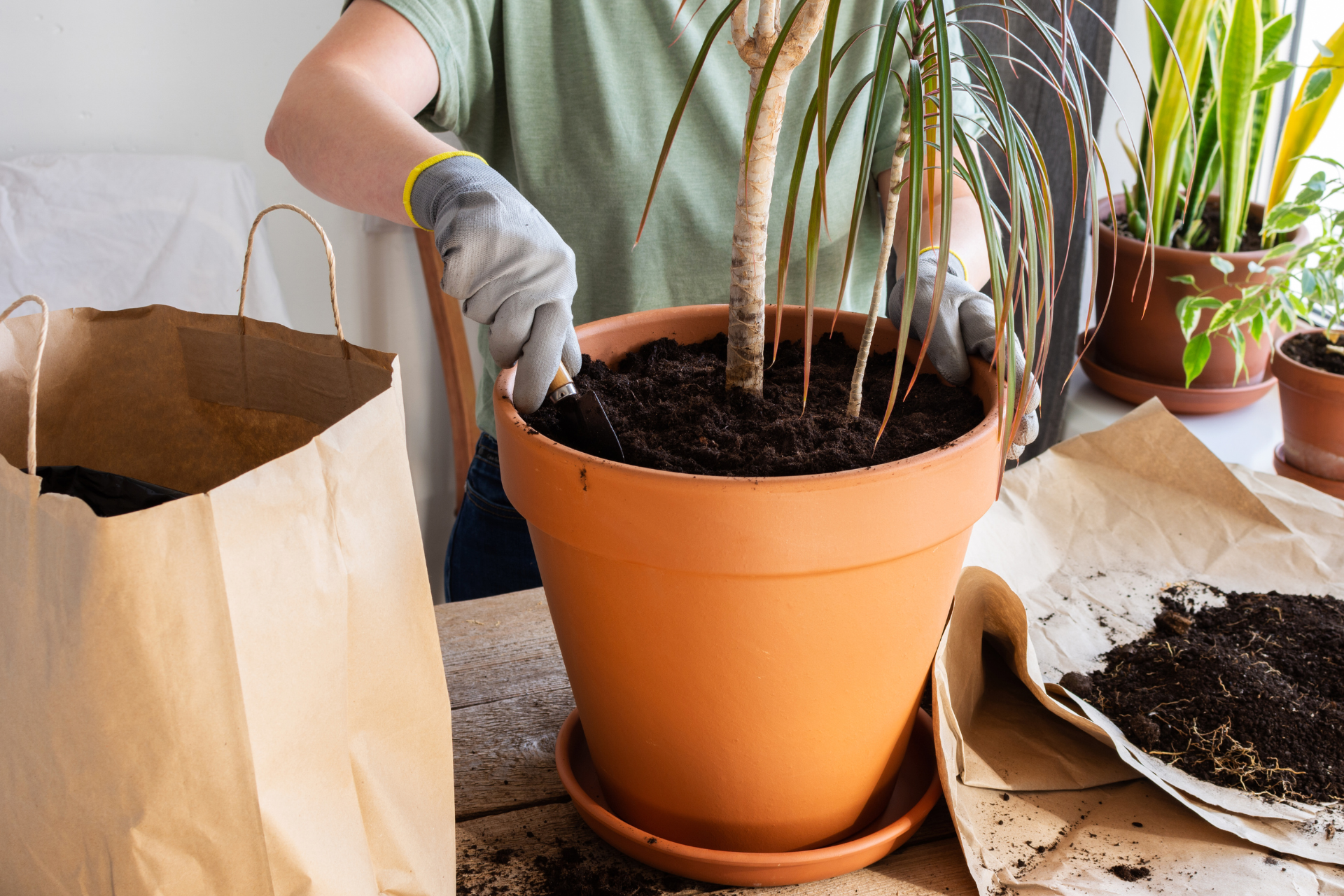
Using garden soil for indoor plants is strongly discouraged by gardening experts. Garden soil compacts easily in containers, restricting root growth and oxygen flow.
It also retains too much moisture, lacking the free-draining qualities required by indoor plants. This can lead to serious issues like root rot. Moreover, garden soil may harbor pests, fungi, bacteria, and weed seeds, potentially infecting all indoor plants and introducing unwanted critters into your home. Instead, indoor plants thrive best in potting soils designed specifically for containers.
These soil mixes often include perlite or bark chips and are lightweight, pliable, and moisture-balanced, providing both essential aeration and nutrient support. Quality potting mixes may also contain fertilizers to support early plant growth. Ultimately, using the right soil is crucial for maintaining healthy and vibrant indoor plants.
11. Repotting Incorrectly
Repotting is essential for plant growth, but doing it incorrectly can cause stress or damage. Common mistakes include choosing the wrong pot size, damaging roots, or using inappropriate soil. These errors can hinder growth and even lead to plant death.
When repotting, select a pot that’s only slightly larger than the current one to prevent overwatering issues. Ensure the new pot has proper drainage holes to facilitate excess water. Gently loosen the plant’s roots and remove old soil before placing it in the new pot with fresh, suitable soil mix.
Timing is also crucial. The best time to repot is during the plant’s active growing season, typically in spring or early summer. Avoid repotting during dormancy, as this can stress the plant and impede recovery.
After repotting, water the plant thoroughly and place it in a location with appropriate light conditions. Monitor the plant for signs of stress, such as wilting or yellowing leaves, and adjust care as needed.
12. Ignoring Seasonal Changes
Plants have different needs throughout the year. Ignoring seasonal changes can lead to overwatering, under-fertilizing, or exposing plants to unsuitable temperatures. Adapting your care routine to the seasons is essential for plant health.
During winter, many plants enter a dormant phase, requiring less water and no fertilization. Overwatering during this period can lead to root rot. Conversely, in spring and summer, plants actively grow and need more water and nutrients.
Light availability also changes with the seasons. Adjust your plant’s placement to ensure it receives adequate light, especially during shorter winter days. Consider supplementing with grow lights if natural light is insufficient.
Temperature fluctuations can affect plant health. Keep plants away from drafts, heaters, and air conditioners. Sudden temperature changes can stress plants, leading to leaf drop or stunted growth.
13. Not Cleaning Leaves
Dust accumulation on plant leaves can significantly hinder photosynthesis by blocking sunlight, which is essential for a plant’s energy production. Over time, this can lead to weakened growth and a decline in overall plant health. Additionally, dusty leaves can attract pests and diseases, further compromising the plant’s vitality.
Regular cleaning of leaves not only enhances the plant’s appearance but also ensures optimal light absorption. For plants with smooth leaves, gently wiping them with a damp cloth can effectively remove dust. It’s important to support the leaf from underneath to prevent damage during cleaning.
For plants with fuzzy or delicate leaves, such as African violets, using a soft-bristle brush is recommended to avoid water damage. This method helps dislodge dust without harming the leaf’s surface. Avoid using leaf shine products, as they can clog the stomata, hindering the plant’s ability to breathe.
Incorporating leaf cleaning into your regular plant care routine can also help you monitor for signs of pests or diseases early on. This proactive approach allows for timely intervention, preventing potential infestations or infections.
14. Letting Roots Sit in Water
Allowing plant roots to sit in water can lead to oxygen deprivation and root rot, a condition where roots decay due to prolonged exposure to excess moisture. This often results from overwatering or using pots without adequate drainage. Symptoms include yellowing leaves, wilting, and a foul odor emanating from the soil.
To prevent this, ensure that pots have drainage holes to allow excess water to escape. Using a saucer beneath the pot can catch runoff, but it’s essential to empty it regularly to avoid water accumulation. Choosing the right soil mix that promotes proper drainage is also vital.
Watering practices should be adjusted based on the plant’s specific needs and environmental conditions. It’s advisable to check the soil moisture before watering by inserting a finger about an inch deep; if it feels dry, it’s time to water. This method helps prevent overwatering.
If root rot is suspected, remove the plant from its pot, trim away the affected roots, and repot it in fresh, well-draining soil. Ensuring proper watering habits thereafter can aid in the plant’s recovery.
In essence, avoiding waterlogged conditions is crucial for root health and overall plant vitality. Proper drainage, appropriate soil, and mindful watering practices are key components in preventing root rot.
15. Not Researching Plant Needs
Each plant species has unique requirements concerning light, water, humidity, and temperature. Failing to research and understand these needs can lead to improper care, resulting in poor growth or even plant death. For instance, succulents require minimal watering and thrive in bright light, while ferns prefer consistent moisture and indirect light.
Before acquiring a new plant, take the time to research its specific care guidelines. This includes understanding its native habitat, growth patterns, and any particular sensitivities. Such knowledge enables you to replicate suitable conditions within your home environment.
Consider the plant’s mature size, potential toxicity to pets, and compatibility with your lifestyle. Some plants may require more attention and maintenance, while others are more forgiving and low-maintenance. Aligning plant choices with your capacity for care ensures a more successful plant-parenting experience.
Utilize reputable sources such as horticultural websites, plant care books, or advice from local nurseries to gather accurate information. Joining plant enthusiast communities can also provide practical insights and shared experiences.
FAQs on How to Keep Indoor Plants Alive
1. How often should I water my indoor plants?
It depends on the plant and environment. Check soil moisture instead of using a calendar.
2. Why are the leaves on my houseplant turning yellow?
Yellow leaves can indicate overwatering, poor lighting, or natural aging. Investigate the cause before acting.
3. Do indoor plants need fertilizer?
Yes, but only during their growing season (usually spring and summer). Use a diluted, balanced formula.
4. Can I use tap water for my houseplants?
Some plants are sensitive to chlorine or fluoride in tap water. Let it sit overnight or use filtered water.
5. What are the easiest indoor plants to care for?
Snake plant, pothos, ZZ plant, and peace lily are some of the best houseplants for beginners.
Conclusion on How to Keep Indoor Plants Alive
Learning how to keep indoor plants alive doesn’t have to be complicated. It starts with understanding your specific plant’s needs and avoiding common pitfalls like overwatering and poor lighting. Use the tips for keeping indoor plants alive in this guide to build a consistent, sustainable care routine.
Applying the best ways to care for houseplants and staying attentive will create an environment where your indoor plants can thrive year-round. Whether you’re aiming for lush green foliage or a full-on indoor jungle, mastering how to care for indoor plants is within your reach.

